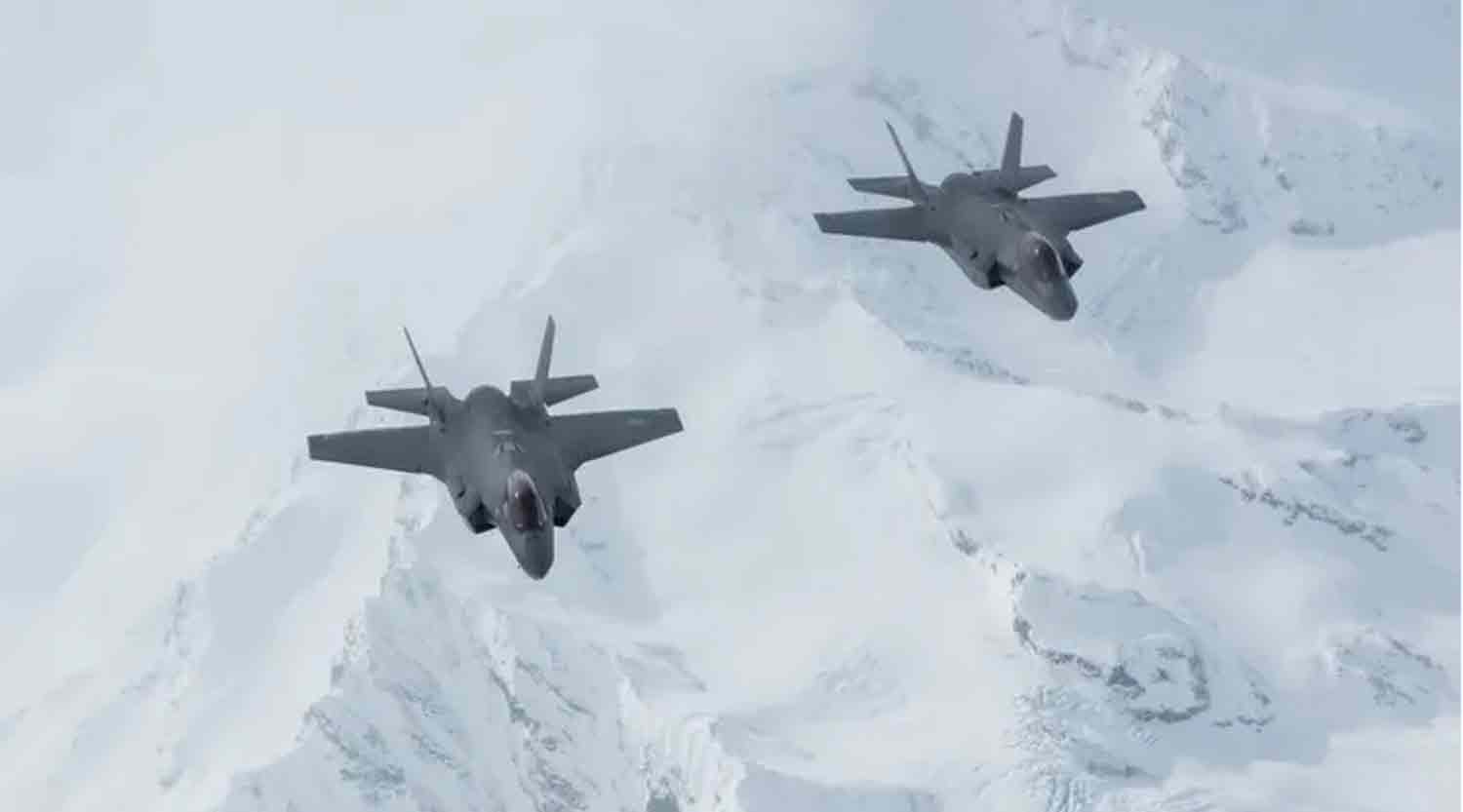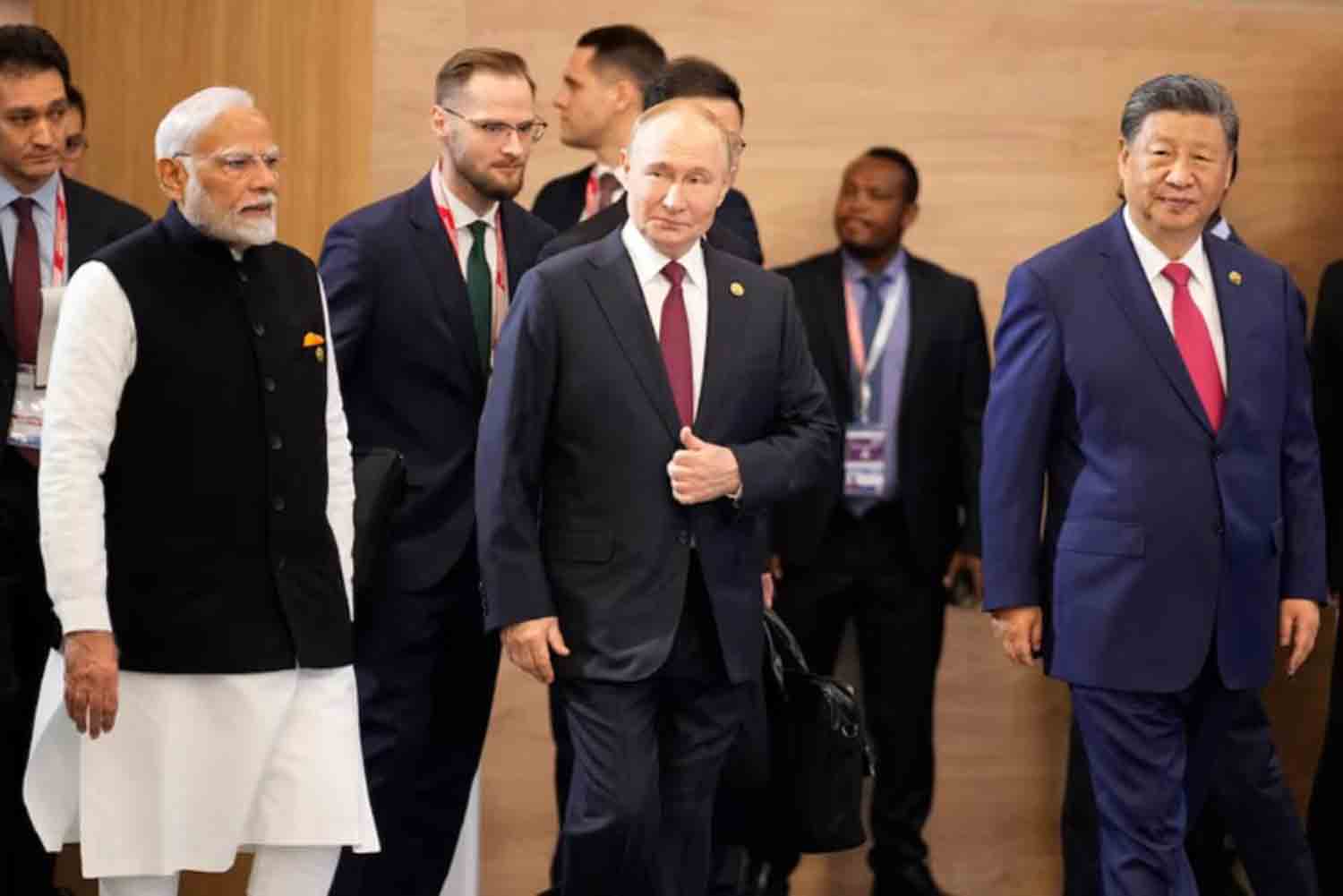Poland’s significant increase in defense spending, which positions it as a leader within NATO, is raising concerns regarding its budgetary implications. This surge is expected to result in sustained higher military expenditures, even as the Polish government acknowledges potential revenue shortfalls in its current budget.
As the largest economy in Central Europe, Poland is projected to lead NATO in defense spending as a percentage of its GDP for the second consecutive year in 2024, according to NATO estimates. Defense expenditures are anticipated to escalate to 4.7% of GDP next year, reflecting a broader European initiative to enhance military capabilities in response to Russia’s invasion of Ukraine in 2022.
This year’s defense budget of $35 billion for Poland may exceed the combined defense spending of its former Communist neighbors in Central Europe and the Baltic region, as well as that of larger economies like Italy, which has consistently fallen short of the NATO guideline of allocating at least 2% of GDP to defense. Prime Minister Donald Tusk’s administration has indicated that defense contracts established prior to its tenure, which began in late 2023, may have led to a fiscal gap estimated at 12.5% of Poland’s projected GDP for 2025, attributed to underestimated long-term financial commitments.
Deputy Defence Minister Pawel Bejda informed parliament earlier this month that the current administration “will either secure these (underestimated) funds or will need to forgo certain tasks,” emphasizing that there are no current plans to delay spending initiatives.
Polish officials have pointed to a $4.6 billion agreement to procure 32 Lockheed Martin F-35 fighter jets as an instance where the total lifetime costs may surpass the initial contract value.
Former Defence Minister Mariusz Blaszczak characterized the allegations as a “political attack,” asserting that they serve to “distract from the deceleration of Poland’s military modernization.” The two leading political parties in Poland are in conflict as they approach a significant presidential election next year.
When inquired about whether Poland has factored in long-term defense-related expenditures into its fiscal objectives, the Finance Ministry stated that the composition of the national budget in any given year is contingent upon current financing requirements.
Seamus P. Daniels, a fellow at the Center for Strategic and International Studies, remarked that “Poland’s large-scale acquisition of new military platforms will result in considerably higher long-term maintenance costs.” He noted that, according to Pentagon data, operating and sustainment costs typically represent 70% of a military system’s lifetime expenses, effectively obligating Poland to allocate billions more for its newly acquired assets.
REVENUE SHORTFALL
According to estimates from the U.S. Department of Defense referenced in an April report by the U.S. Government Accountability Office, the total lifetime cost of the significantly larger U.S. F-35 fleet is projected to exceed $2 trillion by 2088. For every dollar invested in acquiring F-35 aircraft, an additional $3.575 will be incurred in sustainment costs throughout the lifespan of the U.S. fleet, as calculated by Reuters. However, the GAO noted that Poland’s expenses may differ.
Diana Maurer, Director of the GAO Defense Capabilities and Management Team, stated that “Poland’s choices regarding the utilization of the F-35 and the duration of its use may differ from those of the U.S., potentially resulting in significantly different lifecycle costs.” Lockheed Martin refrained from commenting on the costs associated with Poland’s F-35s, indicating that these costs are influenced by various factors, including weapon selection and delivery timelines.
Nevertheless, expenditure is only part of the challenge: the government has projected a revenue shortfall of $10 billion this year, approximately equivalent to Poland’s planned expenditure on 96 Apache attack helicopters. While Poland’s debt levels, at around 50% of GDP, are considerably lower than those of eurozone countries like France and Italy, it remains uncertain how much further Poland could increase borrowing before financial markets react by raising borrowing costs or widening spreads on government bonds.
Last year, Poland’s government spending as a percentage of GDP experienced one of the most rapid increases in the EU, reaching 46.7% of economic output, marking the second-highest level since Poland’s accession to the bloc in 2004.
AMBITIOUS PROJECTIONS
Fitch Ratings emphasized the necessity for Poland to establish a robust medium-term strategy aimed at reducing its deficit and stabilizing debt levels, particularly in light of increased defense and social expenditures. S&P Global noted that the upcoming presidential election in 2025, along with any potential discrepancies from “ambitious revenue projections,” could hinder Poland’s ability to meet EU fiscal objectives.
This year, Poland’s military has become NATO’s third-largest in terms of personnel, following the U.S. and Turkey, and its equipment spending has surpassed both the 20% NATO guideline and U.S. spending rates in recent years.
Fenella McGerty, a senior fellow for Defence Economics at the International Institute for Strategic Studies, remarked, “The increases in spending have exerted significant pressure on Poland’s finances as the nation works to address its deficit.” She added that this situation would limit further top-level increases, while substantial purchases within the defense budget would consume a considerable portion of spending, thereby constraining funding for other initiatives.
The Polish Finance Ministry, the Polish Ministry of Defence, and NATO officials have not disclosed long-term financial projections regarding Poland’s current pace of equipment acquisitions. NATO spokesperson Farah Dakhlallah stated, “While all Allies have committed to a minimum defense spending of 2% of GDP, some will need to allocate more to modernize their armed forces for the future.”
Discover more from Defence Talks | Defense News Hub, Military Updates, Security Insights
Subscribe to get the latest posts sent to your email.





